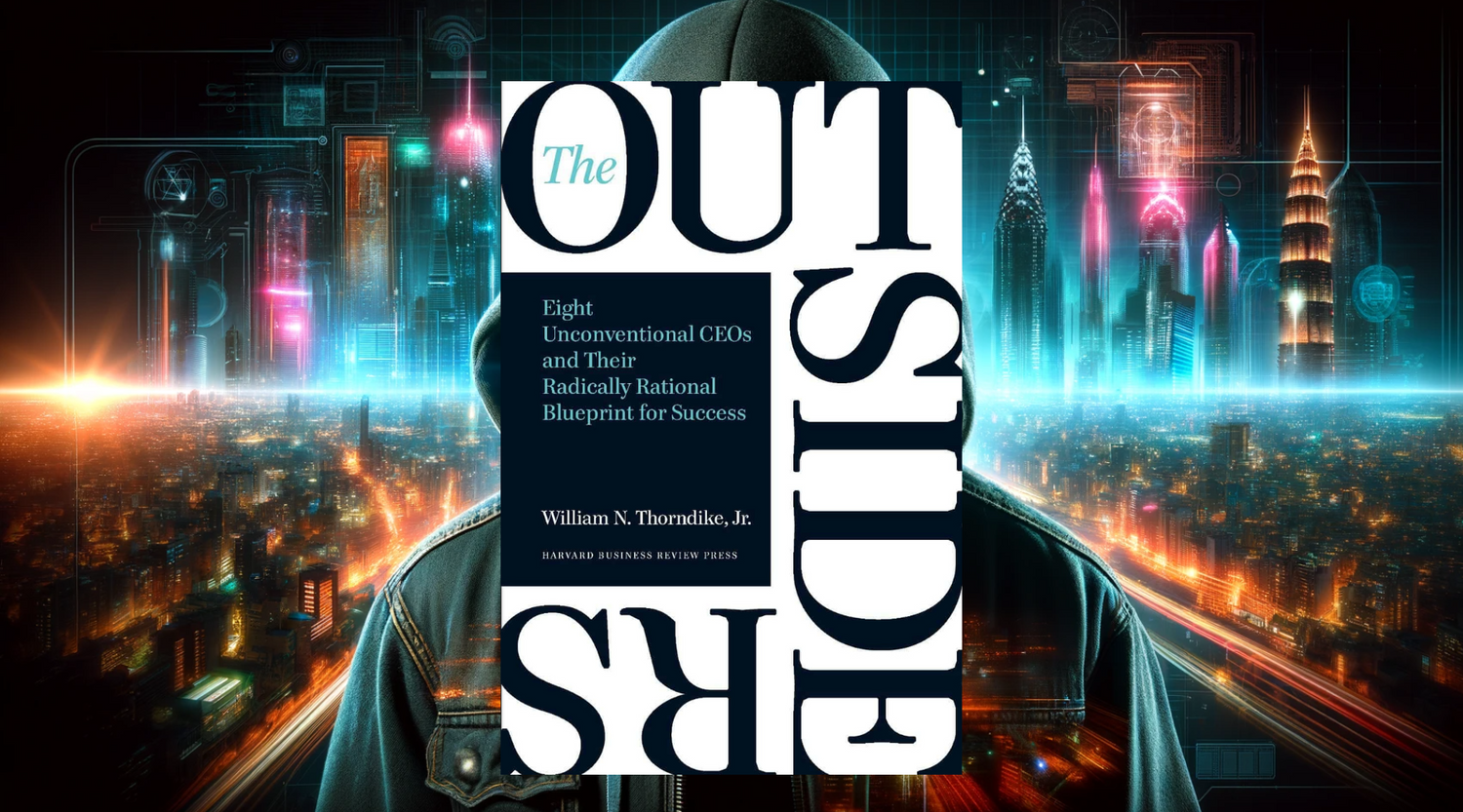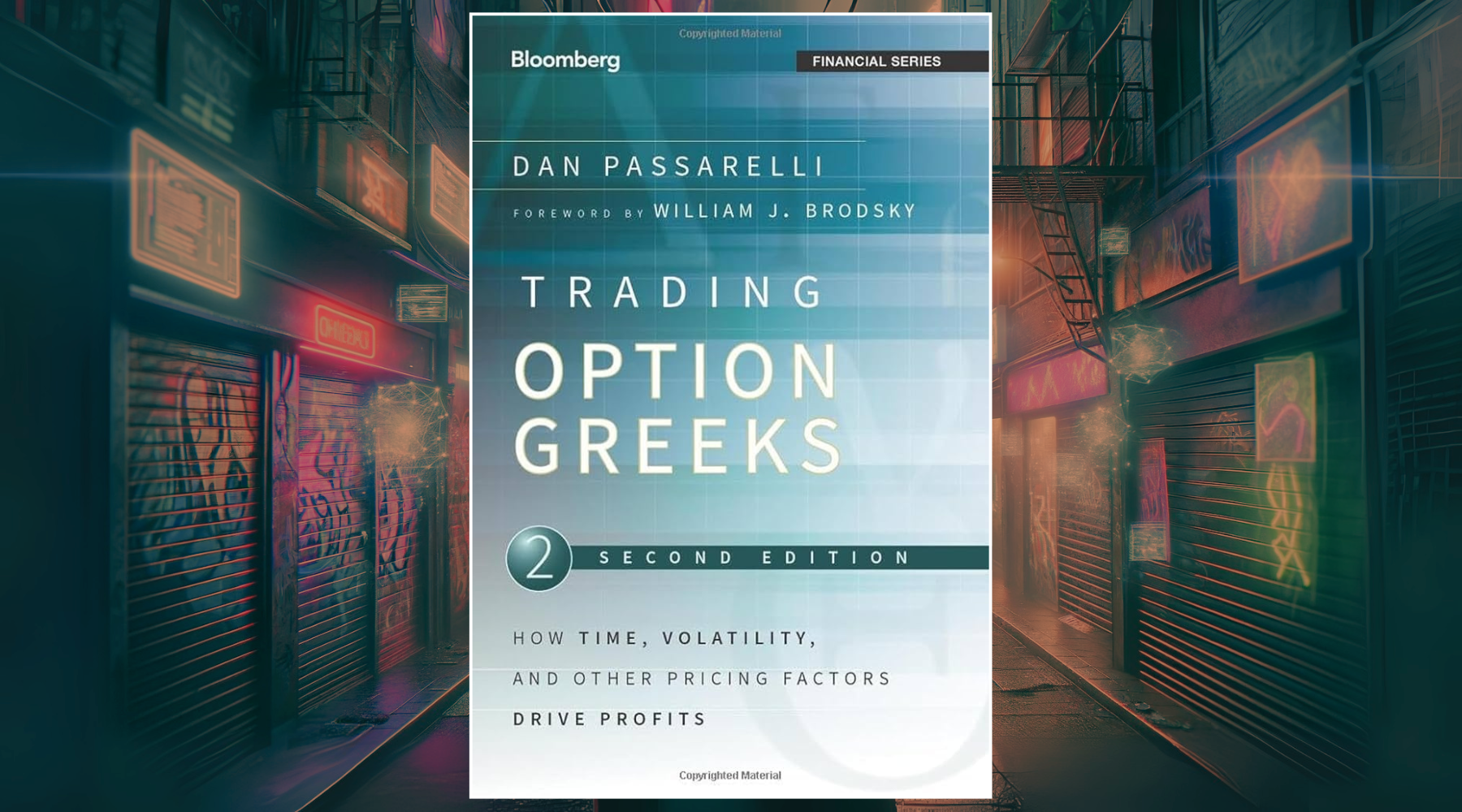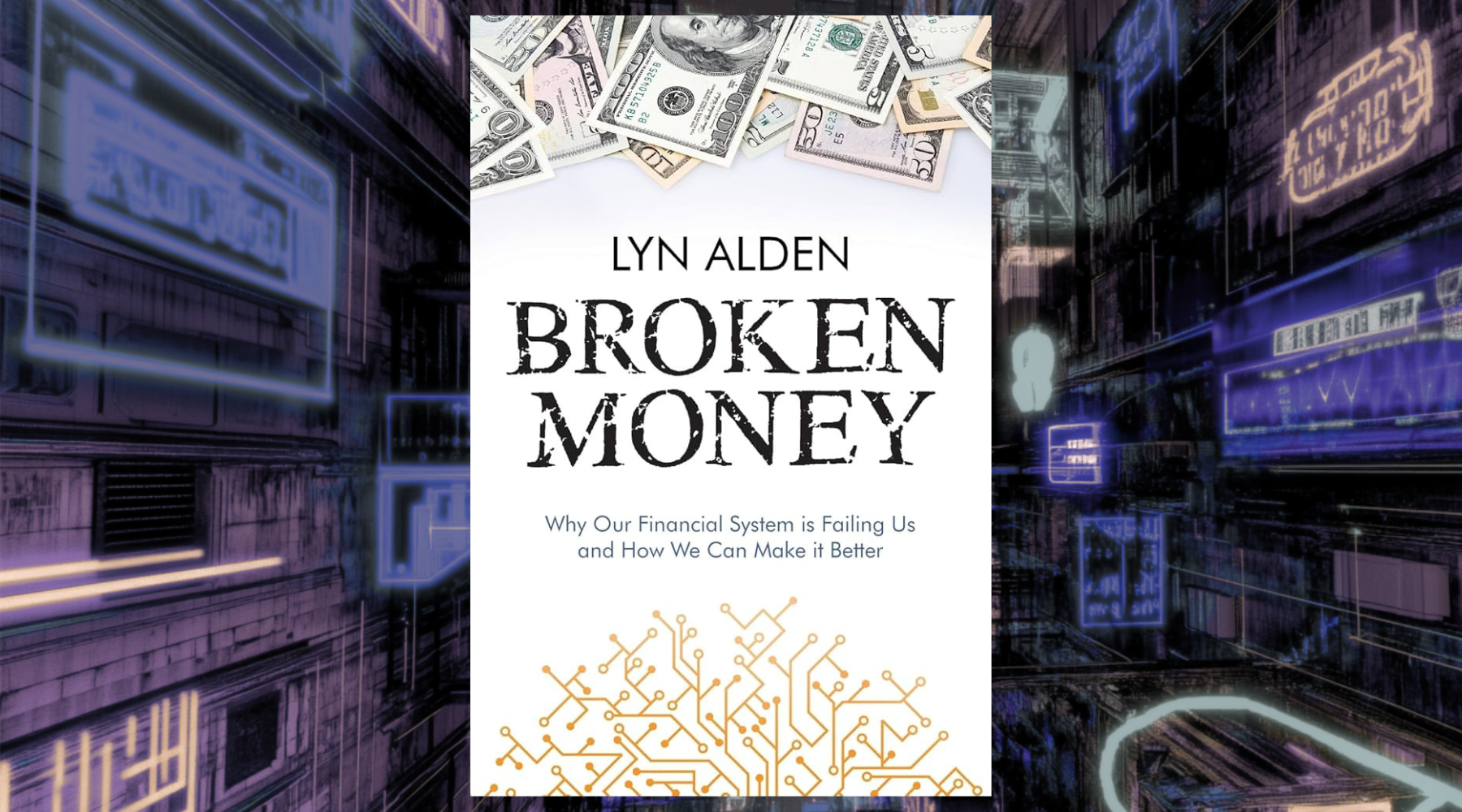The Outsiders Book Summary & Review
"The Outsiders: Eight Unconventional CEOs and Their Radically Rational Blueprint for Success" by William Thorndike.
This book takes a look at the careers of 8 CEO’s that ran their operations differently than traditional CEO’s of their times. In “The Outsiders”, Thorndike dedicates a chapter to each one of these 8 CEO’s and highlights where they started, what they did to leave their mark on the company, and then how they finished their careers with statistics comparing them to the other top leaders of their industry.

Thorndike's analysis reveals that these "outsider" CEOs significantly outperformed their peers and the S&P 500, demonstrating that unconventional approaches to business leadership can lead to extraordinary success. These leaders, including notable figures like Warren Buffett of Berkshire Hathaway and Henry Singleton of Teledyne, are distinguished not by their charismatic leadership or visionary product ideas but by their exceptional skills in capital allocation.
“As a group, they shared old-fashioned, premodern values including frugality, humility, independence, and an unusual combination of conservatism and boldness. They typically worked out of bare-bones offices, generally eschewed perks such as corporate planes, avoided the spotlight wherever possible, and rarely communicated with Wall Street or the business press. They also actively avoided bankers and other advisers, preferring their own counsel and that of a select group around them. Ben Franklin would have liked these guys” ~ William Thorndike
The 8 CEO’s
- Tom Murphy - Capital Cities Broadcasting
- Henry Singleton - Teledyne
- Bill Anders - General Dynamics
- John Malone - TCI
- Katharine Graham - The Washington Post Company
- Bill Stiritz - Ralston Purina
- Dick Smith - General Cinema
- Warren Buffett - Berkshire Hathaway
The Outsiders Mindset

Near the end of the book Thorndike gives a summary of traits that these 8 outsider CEOs had in common. I’ll paraphrase the more important traits here:
Always Do The Math
Every investment project generates a return and this was the basis of each investment. They preferred to use simple math and each of these CEO’s preferred to do the analysis themselves, not relying on advisers who specialized in these deals.
The Outsiders: Eight Unconventional CEOs and Their Radically Rational Blueprint for Success
William Thorndike's acclaimed study of exceptional business leaders who delivered extraordinary returns through unconventional strategies. Learn how these CEOs focused on capital allocation, rejected conventional wisdom, and created tremendous shareholder value through disciplined decision-making and long-term thinking.
View on AmazonThe Denominator Matters
These CEO’s shared an intense focus on maximizing value per share. This intense focus on managing value was through careful financing of new projects and opportunistic share repurchases. These repurchases were not made to prop up stock prices but rather because they offered attractive returns in their own right.
A Feisty Independence
The outsiders ran highly decentralized organizations, allowing operation decisions to be made at the lower local levels. Along with thinking independently, these CEO’s acted with very minimal input and guidance from outside advisers.
Charisma is Overrated
This group of leaders were not known to be extroverted or overly charismatic. They were distinctly unpromotional and spent very little time on investor relations.
Temperament That Mixes Patience With Occasional Bold Action
All of these leaders were willing to wait long periods of time for the perfect opportunity. This temperament and patience allowed them to strike only when the ideal acquisition came along, instead of using available cash flow on mediocre deals just because that’s what everyone else was doing at the time.
Consistent Application of a Rational, Analytical Approach to Decisions
These 8 executives were consistently moving capital towards the most efficient and highest returning projects. With great consistency and discipline, they were able to avoid value-destroying projects. They didn’t over-analyze or look to outside consultants for advice to confirm their thinking, they just jumped on the opportunities that made the correct sense to them.
A Long-Term Perspective
With Wall Street’s relentless pressure to show short term quarterly earnings, these 8 CEO’s were able to block out the noise that comes with being a publicly listed company and focused on the future and long-term growth.
The Outsiders Summary
It seemed as if the most important thing these CEOs could do was to not follow along with what the rest of Wall Street was doing. This isn’t exactly true, but that is how these leaders were able to leave their mark and vastly outperform their peers. This book showcased how they were each able to produce such amazing returns while making such unorthodox decisions.
“What separated these CEOs (and the performance of their companies) was two distinctly different mind-sets. The outsider CEOs tended to dance when everyone else was on the sidelines and to cling shyly to the periphery when the music was the loudest. They were intelligent contrarians willing to lean against the wall indefinitely when returns were uninteresting”. ~ William Thorndike
Charlie Munger described these companies as “an odd blend of decentralized operations and a highly centralized capital allocation”.

One of the most important decisions any CEO makes is how he spends his time – specifically, how much time he spends in three essential areas: management of operations, capital allocation, and investor relations.
The Outsiders book was a really great look into each of these 8 CEOs management style, showing how they were able to balance spending with saving, managing with allowing independence, and conservatism with boldness.
Check out this review I did of an amazing Behavioral Finance book called Beyond Greed & Fear, by Hersh Shefrin:











Leave a comment
This site is protected by hCaptcha and the hCaptcha Privacy Policy and Terms of Service apply.